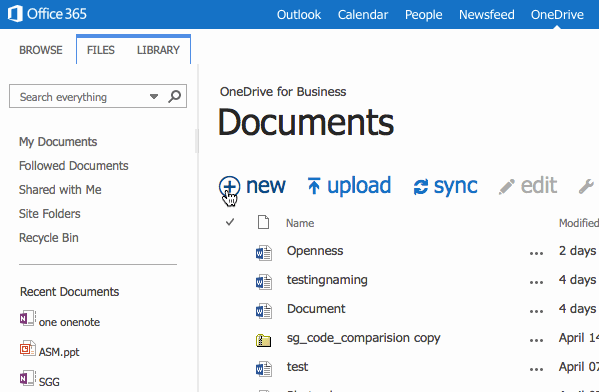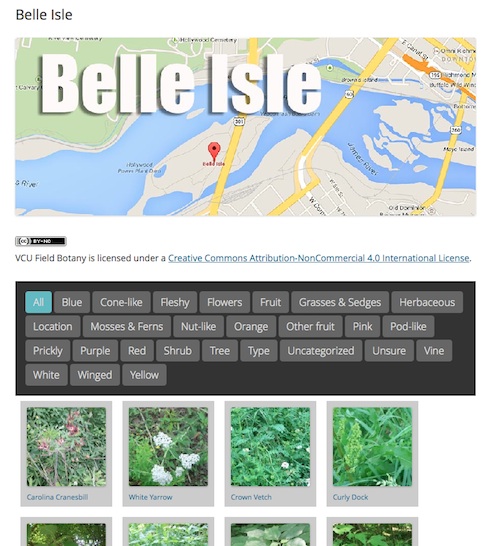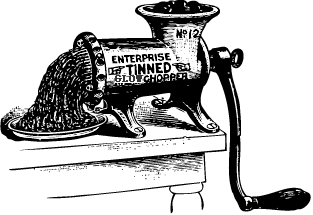
The Whole Gang, 50 Days old by Dean Searle Attribution-NonCommercial-NoDerivs License
There is some background to this project in a previous post: Glow Blogs Summer 2014.
Before the migration of the glow portal Education Scotland suggested that schools did some pruning and tidying of their glow groups to make migration easier (less data) and so that users had less to sort through and sort out on the other end.
As the date for migration of blog gets nearer a few folk have been asking me about what is going happen to their blogs, if there is anything that they should be doing and what will change. This post will try and address some of the questions.
You should not need to do any pruning and tidying of your blogs. The intention is to migrate everything as is to the new system. I was always surprised to be asked about tidying up and deleting old posts from school and class blogs. for me a blog is for life, it is a positive that I could dive back into the archive and see some of what I was doing years ago.
The blog only knows about users that have visited already
One of the biggest changes will be the decoupling of the blogs from the old glow groups. In the current, old, system the users and permissions of those users are set inside the glow group that the blog was created in. Those groups will go away. After migration you blog will not be able to refer to the old sharepoint group to find out who has permission do do things (view, post, carry out admin tasks) the only users it will know about are ones who have already visited the blog when logged into glow.
For example:
- Teacher A has set up a blog in the old glow for herself and 2 colleagues, Teacher B and Teacher C (not their real names) to share links about their subject with pupils.
- Teacher A is the blog admin and The other two are contributors.
- The blog is a public blog so anyone in the world can view it.
- Teacher B has already added a couple of links by creating posts on the blog.
- Teacher C has yet to log on to the blog.
- After the switch over to the new authentication system and the blog migration Teacher A and B can log on, Teacher A is still an admin and Teacher B can log on and create posts.
- When Teacher C tries to log on there is no entry in the WordPress database for him as having a role in this blog. If he has never used any glow blog he will not be in the database at all. Teacher C will not be able to log on or create posts.
- At that point Teacher A will be able to log on to the dashboard, go to the users screen and add Teacher C as a contributor.
To avoid this scenario Teacher C would need to log on to the blog before the migration.

Japenese Spaniel by Muzik Hounds Attribution-NonCommercial License
New User Management
Going forward on the blog service the user management will be in the WordPress dashboard not in glow groups. This will develop over time. We are trying to have a system that is not dependent on other parts of the system, In the old glow the blogs were very much hooked into sharepoint in a way that made it difficult to upgrade. We ended up using a very out of date version of WordPress. In the future we should be able to keep the blog system up to date.
Unfortunately the standard WordPress user management is not really suitable for use in glow. This is based round email messages to add users to a particular blog. If for example 200 second years add their teachers to their e-portfolio blogs to allow them to see them each teacher added would get an email from each blog and have to click the link in the email to finish the process. It also requires you to add one user at a time. This is not sutiable and will not happen.
For the first stage of the new blog service the developers will add functionality so that if I add a user to my blog with a particular role they will be added but the email message will not be sent and the user will not need to confirm the addition. The interface will be changes so that I can add a list of glow usernames rather than just one at a time.
The main problem in this scenario will be finding out usernames. This is being dealt with by another team in the glow program. It may not be ready in time for the switchover. In that case it may be necessary to gather usernames is a manual way (get them sent in an email, find them in O365 or even get them written down on a bit of paper. Then make a list in a document to paste into the blog admin screen, save the doc).
It is planned that the class set functionality that was present in the old glow groups will be redeveloped. The second stage for the blogs will be that the class sets service will be an area where teachers can search for a class and them copy a list of usernames to paste into the user management screen in the dashboard of their blog.
The third development will be to bring the class set functionality into the user management screen directly. This will happen in the third phase of the blog migration and upgrade.
As the functionality is developed we will be able to make user guides for this process.
Please get in touch if you have any questions about the glow blog migration.






